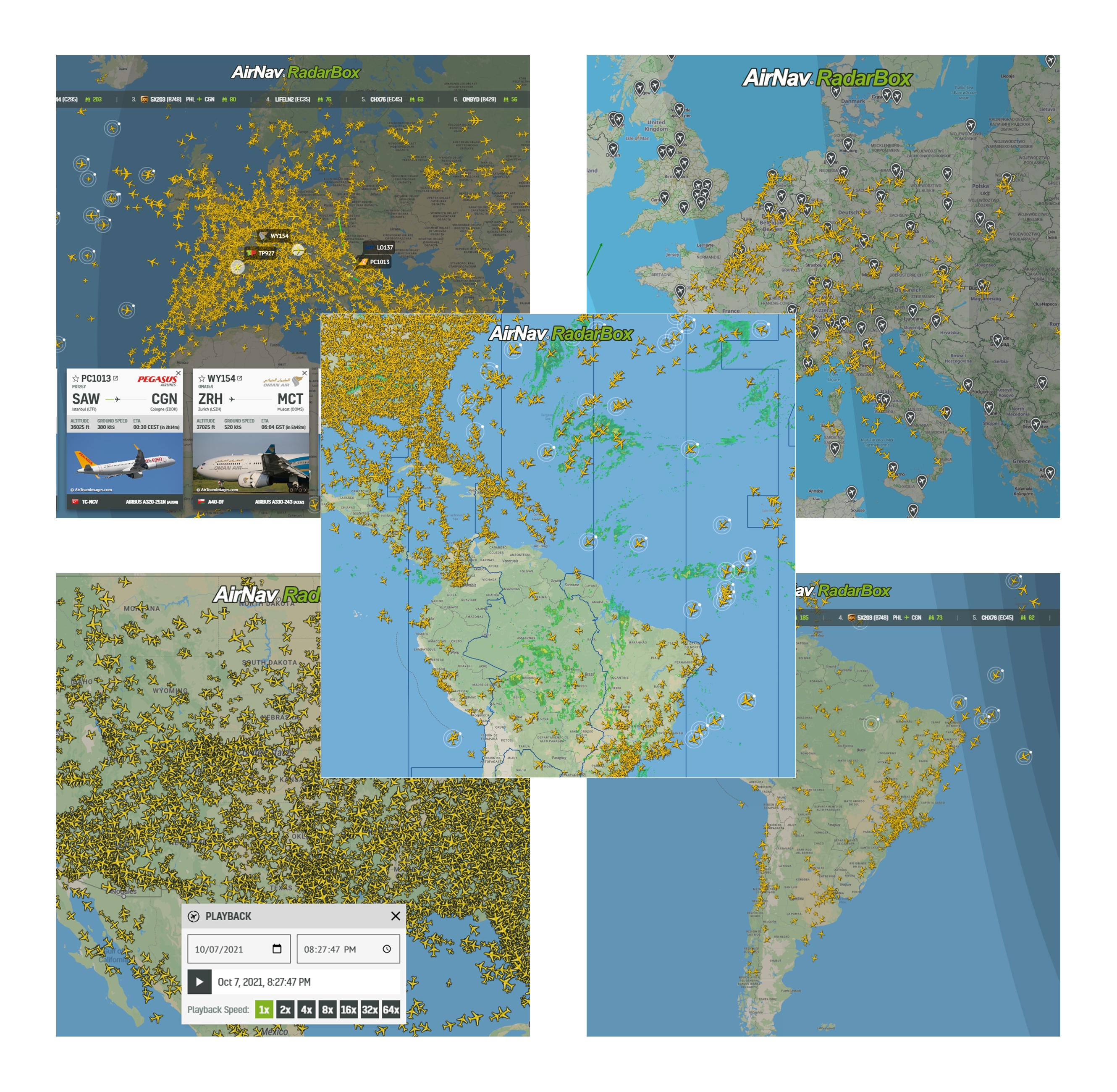Are lightning strikes dangerous for planes?

Worldwide, lightning strikes on commercial planes are daily occurrences.
Russian authorities have said the recent deadly fire onboard an Aeroflot Sukhoi Superjet 100 was probably caused by “adverse weather conditions”, apparently referring to reports that lightning struck the plane after takeoff.

Standard commercial airplanes are designed to take lightning strikes. But for safety reasons, planes hit by lightning mid-flight undergo inspection after landing but in most cases, the aircraft is either unharmed or sustains only minor damage.

However, the last commercial plane crash in the U.S. confirmed to be directly caused by lightning was in 1967, when the plane’s fuel tank exploded as a result. Since then, more techniques have been determined to reduce the threat of lightning.
Manufacturers of planes pay particular attention to electrical wiring. Electrical parts around components like electronic flight equipment and fuel tanks are carefully grounded to prevent the formation of electric arcs, which could threaten a plane’s safety. A stray arc could cause an explosion, for example, if it ignites vapors in the fuel tanks.
Lightning typically strikes a relatively sharp edge of a plane, like a wingtip or a nose, and the current exits via the tail.
This happens because an aircraft’s fuselage, or body, acts as a Faraday cage (a container that blocks electromagnetic fields). Energy and electric charge from the lightning bolt run around the outside of the vessel, protecting the interior from any voltage.
Newer airliners like the Boeing 787 and the Airbus A350 are made with a higher proportion of composite materials like carbon fibers, resulting in a reduced electrical conductivity of the fuselage and wings.
Manufacturers have also developed a workaround by adding more metal wiring into the composite material to ensure good conductivity on the aircraft’s exterior.
In short, lightning strikes are not a severe problem from a safety standpoint. When air operators route around stormy areas, it is to prevent turbulence or possible external damage caused by things like hail rather than to avoid lightning.
READ NEXT...
 2109
2109Top 10 Features of the Year
The AirNav RadarBox team has had a busy year, working on a number of new features to enhance and enrich your tracking experience on RadarBox. Let's take a look at the 10 most loved features of the year 2022. 1433
1433API Solutions: Firehose API & Data Analytics
The Firehose API & Data Analytics tool is AirNav's enterprise-level API, which includes over 100 data fields such as Call Sign, Speed, Altitude, and Log, among other data fields. Read our blog post to learn more about our API solutions! 1294
1294Spotter of the Month - March 2021
Check out Tiago's story on our blog!
